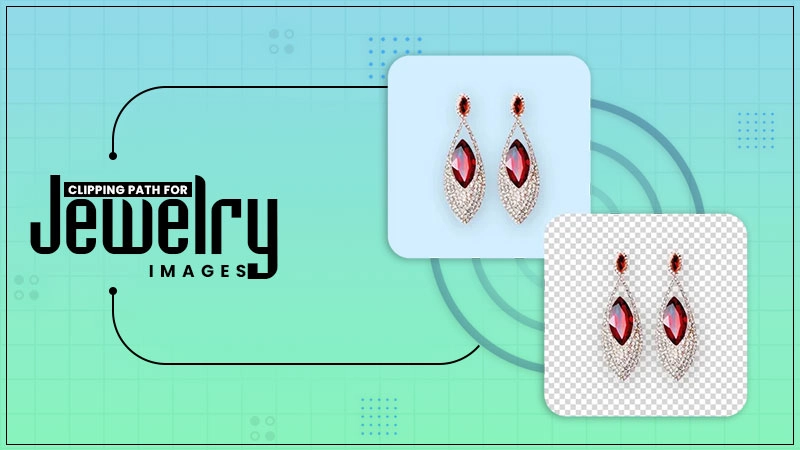- Understanding the Structure of the Phrase “Beyabalut Ogukki Zevrintal Morashu Nexus”
- Meaning of Beyabalut
- Ogukki and Its Cultural Symbolism
- Zevrintal and Myth Origins
- The Role of the Morashu Nexus
- Relationship Between the Four Names
- Why Beyabalut Ogukki Zevrintal Morashu Nexus Appears in Modern Culture?
- Conclusion
- FAQs
The title Beyabalut Ogukki zevrintal morashu nexus is written in the form of symbols instead of a literary sentence or title. These multi-part naming structures are quite common in mythology, folklore, and conceptual storytelling, whereby the different parts of the phrase imply the various roles or stages or symbolic interpretations.
The phrase has acquired popularity on the Internet because of the sound and structure that is unique and makes many people search for its origin and meaning. Although the building is not attached to any established historical document, the construction is highly reminiscent of the systems of ancient symbolic nomenclature, where people attempted to instantiate concepts about identity and change and the relationship among various aspects of the human experience.
This article aims to elucidate these names using a few simple words so that anybody in the world can decipher the symbolism underlying these names.
Understanding the Structure of the Phrase “Beyabalut Ogukki Zevrintal Morashu Nexus”
The construction of the mythic or symbolic names can be a mixture of several elements, and each of the names can be translated as:
- A character role
- A state of being
- A mystical or emotional process.
- A locality, kingdom, or change of place process.
Imagine mythology as myth-telling and philosophizing.
Names are not necessarily always translatable; they are ideas.
Here, every word is a symbolic element that serves a greater purpose:
| Name Component | Role Type | General Symbolic Interpretation |
|---|---|---|
| Beyabalut | Beginning or Root | Origin, foundation, grounding source |
| Ogukki | Guide or Messenger | Guidance, learning, growth process |
| Zevrintal | Realm / State / Journey Stage | Transition, exploration, transformation |
| Morashu Nexus | Connection / Unity Point | Integration, harmony, return to meaning |
Together, these form a narrative arc — from origin → guidance → transformation → unity.
Meaning of Beyabalut
The term Beyabalut is used symbolically to mean a foundation or a start.
The word may symbolize in a mythic story:
- The first source of identity
- A memorial of the culture or the ancestors.
- This is a deep point of origin through which life, ideas, or experiences come to being.
Consider Beyabalut as the place of start-up, where the journey starts.
Comparable symbols in world mythology include:
| Culture | Similar Concept | Meaning |
|---|---|---|
| Greek | Gaia | Primordial foundation |
| Hindu | AUM / Pranava | Source vibration of existence |
| Indigenous Traditions | The First Fire / Earth-Mother | Root ancestral identity |
Ogukki and Its Cultural Symbolism
Ogukki is a word that seems to have a symbolic meaning of a guide or a mediator.
It is a typical characterization role of a myth cycle: a person or an object that:
- Teaches
- Protects
- Bears cross-world knowledge.
- Assists people in managing change.
Ogukki symbolizes the teacher, the magician, or the voice of wisdom when he is changing.
Similar global archetypes include:
| Culture | Guide Archetype | Function |
|---|---|---|
| Norse | Odin as wanderer | Brings knowledge and insight |
| Egyptian | Thoth | Keeper of wisdom |
| Native American | The Elder / Story Keeper | Cultural memory and teaching |
Zevrintal and Myth Origins
Zevrintal can be viewed as a realm or state of experiential transition in other words a symbolic space where the transformation occurs.
Zevrintal symbolizes:
- Passing the familiar to the unfamiliar.
- Moving into a growth or difficult phase.
- Making an inner or outer journey.
In mythology, this is usually projected as:
- A dream world
- A spiritual dimension
- A mystical landscape
- A psychological changing space.
Consider Zevrintal as the trip in itself.
Also Read: https://ityug247.com/mega-nz-folder-jqvvhyjb/
The Role of the Morashu Nexus
Nexus is already equivalent to a point of connection.
So the meaning of Morashu Nexus can be as follows:
- The centre of all the things coming together.
- It is a moment of clarity about the meaning.
- The allegorical goes home wise.
This is the last step in myth storytelling, the assimilation of experience.
This is similar to:
| Symbol | Tradition | Meaning |
|---|---|---|
| Enlightenment | Eastern traditions | Clarity and understanding |
| The Return with the Elixir | Hero’s Journey | Sharing learned wisdom |
| Balance of Duality | Global shamanic traditions | Harmony of inner & outer worlds |
Relationship Between the Four Names
| Component | Function in the Journey | Symbolic Outcome |
|---|---|---|
| Beyabalut | The Beginning | Identity & Origin |
| Ogukki | The Guide | Knowledge & Support |
| Zevrintal | The Journey | Transformation & Challenge |
| Morashu Nexus | The Completion | Integration & Unity |
Together, Beyabalut Ogukki Zevrintal Morashu Nexus forms a symbolic life-path cycle:
Origin → Guidance → Transformation → Understanding
Also Read: https://ityug247.com/fts_bios-702-update/
Why Beyabalut Ogukki Zevrintal Morashu Nexus Appears in Modern Culture?
People today are increasingly drawn to:
- Mythology
- Identity and heritage
- Symbolic introspection
- Personal spiritual meaning
This phrase resonates because it reflects shared human experience:
- We all come from somewhere (Beyabalut)
- We all learn from someone (Ogukki)
- We all go through changes (Zevrintal)
- We all seek understanding (Morashu Nexus)
Conclusion
Beyabalut Ogukki Zevrintal Morashu Nexus may be considered the symbolic description of the human experience:
- Where we begin
- How we learn
- What we overcome
- The way we develop and re-establish meaning.
It is not required to be connected with a certain culture to be useful.
It is so powerful because it is universal in the story it tells.
FAQs
1) Is this phrase linked to a specific religion or region?
No. It functions more as a symbolic expression rather than a documented historical term.
2) Does it refer to real mythological characters?
It represents symbolic archetypes, which appear across many cultural myth systems.
3) Can the meaning vary between individuals?
Yes — symbolic interpretation is personal and reflective.
4) Is this phrase about spirituality?
It can be interpreted spiritually, psychologically, or creatively depending on the reader.







